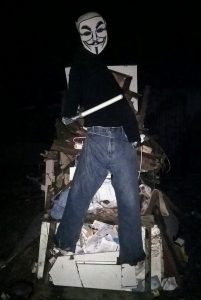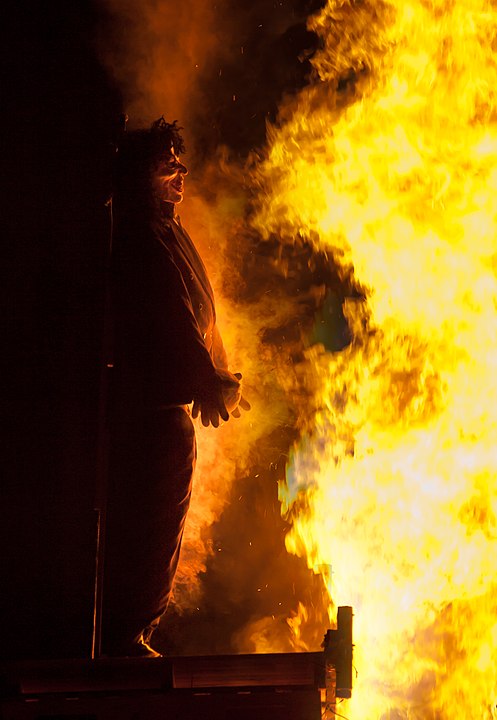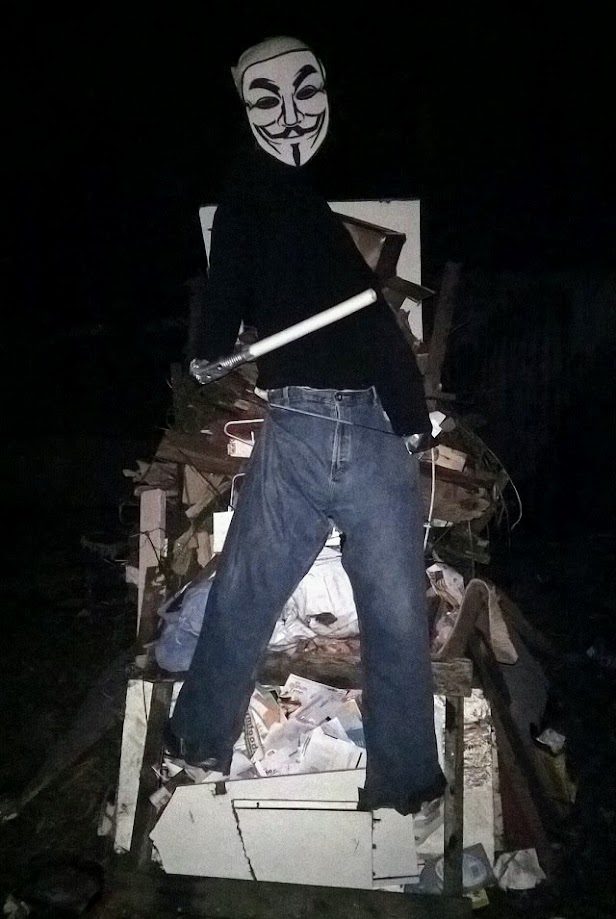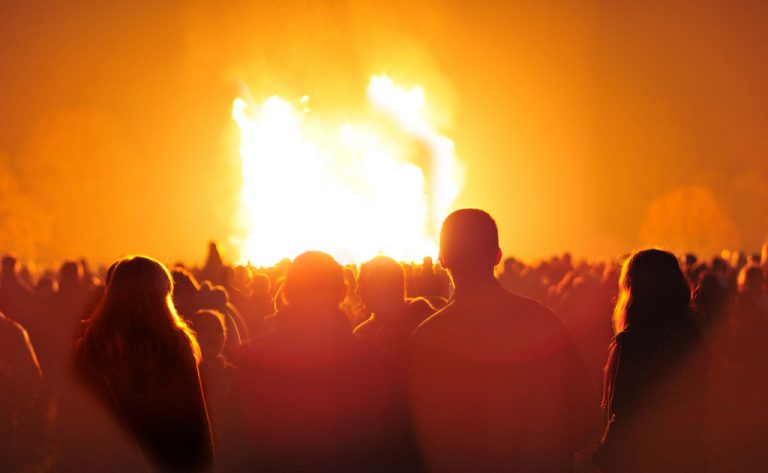
There is only one team in Birmingham worth supporting with true passion and Birmingham City is it. I have been supporting them since 1978 when Jim Smith was the manager. He is my favourite manager to date. I am a blue nose ’til I die.
You can read lots more about Blues by clicking here.
Below you will find videos including interviews and match highlights regarding Blues, Friendly games, League One games and Cup games for the 2024/25 season including pre-season.
I have put them in monthly categories to avoid overloading this page with too many videos which will only make things slow for us all. Just click on the month you wish to see.
June 2024
Click here to see videos for June 2024 regarding Birmingham City’s pre-season.
July 2024
Click here to see videos for July 2024 regarding Birmingham City’s pre-season.
August 2024
Click here to see videos for August 2024 regarding Birmingham City’s pre-season and season.
September 2024
Click here to see videos for September 2024 regarding Birmingham City’s pre-season and season.
October 2024
Click here to see videos for October 2024 regarding Birmingham City’s pre-season and season.
November 2024
Click here to see videos for November 2024 regarding Birmingham City’s pre-season and season.
December 2024
Click here to see videos for December 2024 regarding Birmingham City’s pre-season and season.
January 2025
Click here to see videos for January 2025 regarding Birmingham City’s pre-season and season.
February 2025
Click here to see videos for February 2025 regarding Birmingham City’s pre-season and season.
Blog Posts
Birmingham City: Blues History.
Birmingham City: First Team Squad For The 2024/25 Season.
Birmingham City: Fixtures, Results And Goal Scorers For The 2024/25 Season.
Birmingham City: Kits For The 2024/25 Season.
Birmingham City: News For The 2024/25 Season.
Birmingham City: Our 2023/24 Season In Review.
Birmingham City: Staff For The 2024/25 Season.
Birmingham City: Summer Transfers For The 2024/25 Season.
Birmingham City: The 2023/24 Season Archive.
Notes And Links
The Birmingham City Club logo shown at the top of this page is the copyright of Birmingham City F.C. and came from their social media pages.
Birmingham City F.C. – Official website.
Birmingham City on Facebook – Official Facebook page.
Birmingham City on Twitter – Official Twitter page.
Birmingham City on Instagram – Official Instagram page.
Birmingham City on YouTube – Official YouTube page.
Blues Store – Official club store website.
Birmingham City Foundation – Official website.
Nike – Official website.
Undefeated – Official website.








